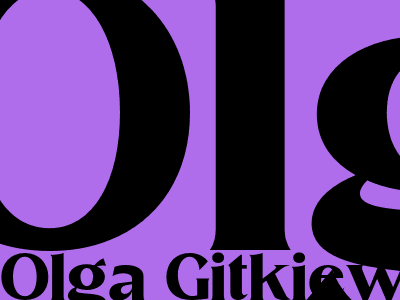How to Create High-Quality Content That Ranks Well in Google Search
Introduction
In today's digital landscape, content is king. High-quality content is essential for attracting and engaging audiences, building trust and authority, and driving traffic to your website. But what exactly is high-quality content, and how can you create it?
In this comprehensive guide, we'll explore the key elements of high-quality content, provide practical tips and strategies for creating it, and discuss how to optimize your content for search engines like Google.
What is High-Quality Content?
High-quality content is informative, engaging, and relevant to your target audience. It provides value to readers by addressing their needs, pain points, and interests. Some key characteristics of high-quality content include:
*
Accuracy and reliability: The information presented in your content should be accurate, up-to-date, and backed by credible sources. *
Depth and comprehensiveness: Your content should provide in-depth coverage of the topic, addressing multiple aspects and perspectives. *
Originality and uniqueness: Your content should offer fresh insights, perspectives, or information not readily available elsewhere. *
Clarity and readability: Your content should be written in a clear and concise style, free from jargon and technical terms. *
Engagement and interactivity: Your content should engage readers by incorporating multimedia elements, interactive features, or calls to action. Creating High-Quality Content
Creating high-quality content requires a systematic and strategic approach. Here are some practical tips to get you started:
*
Define your target audience: Identify your target audience and understand their needs, interests, and pain points. This will help you create content that resonates with them. *
Research your topic thoroughly: Before you start writing, do thorough research on your topic. Consult reputable sources, conduct interviews with experts, and gather data to support your claims. *
Craft a compelling headline: Your headline is the first impression you make on readers. Create a headline that accurately represents the content, is attention-grabbing, and encourages clicks. *
Structure your content logically: Use headings, subheadings, and bullet points to organize your content into a clear and logical structure. This makes it easier for readers to navigate and understand your content. *
Write in a clear and engaging style: Use simple and concise language, avoid jargon, and employ storytelling techniques to engage readers. *
Incorporate visuals and multimedia: Visuals such as images, videos, and infographics can enhance the appeal and engagement of your content. *
Proofread carefully: Before publishing your content, proofread it carefully for any errors in grammar, spelling, or formatting. Optimizing for Search Engines
Once you've created high-quality content, you need to optimize it for search engines like Google. Here are some key optimization techniques:
*
Use relevant keywords: Research and incorporate relevant keywords throughout your content, including in the title, headings, and body. *
Create meta tags: Meta tags provide search engines with information about your content. Optimize your meta title and description to accurately describe your content. *
Build backlinks: Backlinks from reputable websites signal to search engines that your content is trustworthy and authoritative. *
Optimize for mobile: Make sure your content is accessible and readable on mobile devices. *
Stay updated with SEO best practices: Search engine algorithms are constantly changing. Stay informed about the latest SEO best practices to ensure your content remains visible. 
Olga Gitkiewicz

Comments